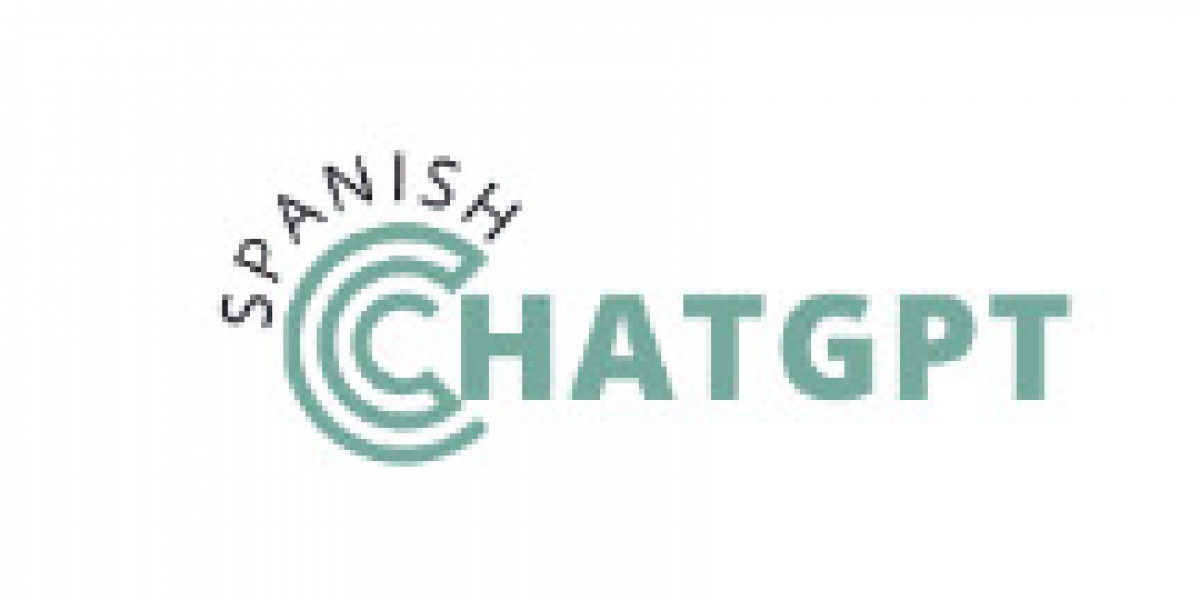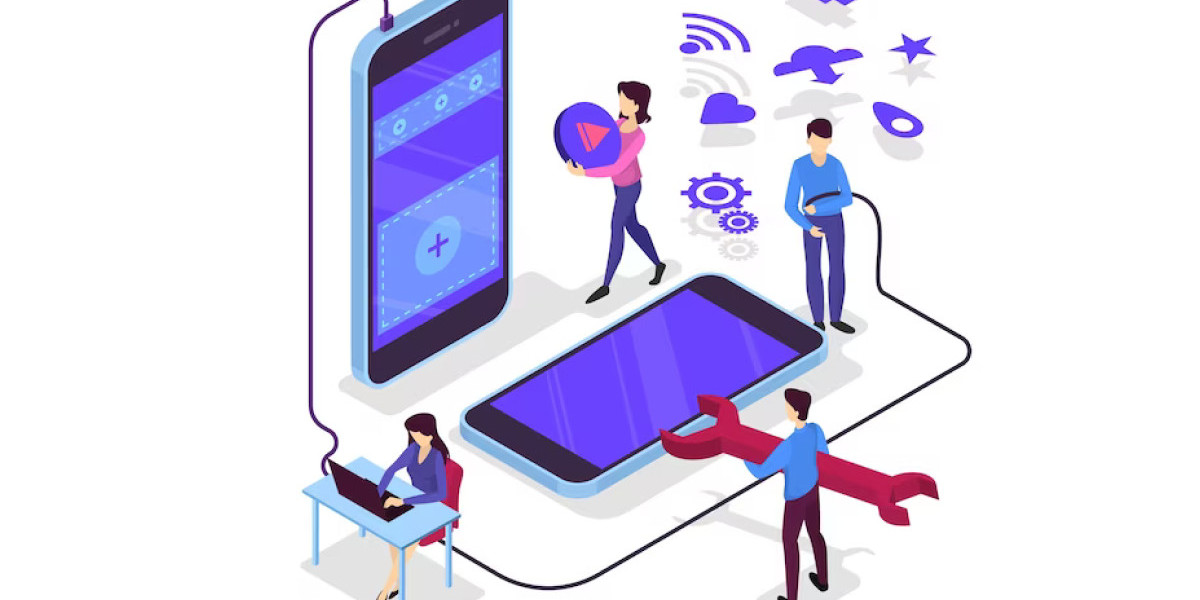In the realm of artificial intelligence, ChatGPT stands out as a significant milestone, particularly in the field of conversational agents. Developed by OpenAI, ChatGPT leverages the power of large-scale deep learning to engage users in natural and meaningful conversations. Its impact spans from enhancing customer service interactions to providing personalized recommendations and even assisting in creative writing tasks.
#### Understanding ChatGPT
At its core, ChatGPT utilizes the GPT (Generative Pre-trained Transformer) architecture, which enables it to process and generate human-like text based on the input it receives. This architecture, specifically GPT-3.5 in its latest iteration, is trained on a diverse corpus of text from the internet, making it adept at understanding and generating language across a wide range of topics and contexts.
#### Applications in Everyday Life
The versatility of ChatGPT makes it applicable in numerous real-world scenarios. For instance, businesses are increasingly integrating ChatGPT into their customer support systems, where it can handle customer queries efficiently and provide consistent responses. This not only reduces workload for human agents but also improves response times and customer satisfaction.
Moreover, ChatGPT's ability to comprehend and generate text allows it to assist individuals in various tasks, such as language translation, content creation, and educational tutoring. Students can use it to clarify concepts or generate ideas, while professionals can rely on it for drafting emails, reports, and even generating code snippets.
#### Ethical Considerations and Challenges
Despite its advancements, ChatGPT raises ethical concerns, particularly regarding misinformation and bias. Since it generates responses based on patterns learned from data, it can inadvertently perpetuate biases present in its training data. Addressing these challenges requires ongoing research and development to enhance its understanding of context, improve response accuracy, and mitigate potential harm.
#### Future Directions
Looking ahead, the future of ChatGPT and conversational AI appears promising. OpenAI continues to refine its models, aiming for even greater contextual understanding, better integration with other AI systems, and enhanced capabilities in specialized domains such as healthcare and legal assistance.
Furthermore, advancements in natural language processing (NLP) and machine learning promise to make conversational agents like ChatGPT more intuitive and responsive to human needs. This includes advancements in multi-modal AI, where text-based interactions could integrate seamlessly with visual and auditory inputs, further enriching the user experience.
#### Conclusion
In conclusion, ChatGPT represents a significant leap forward in the evolution of conversational AI. Its ability to engage in natural language conversations, coupled with its broad applicability across industries and tasks, positions it as a transformative technology with vast potential. As development continues and challenges are addressed, ChatGPT is set to play an increasingly pivotal role in how humans interact with AI, shaping a future where intelligent assistants are not just tools, but trusted companions in our daily lives.








